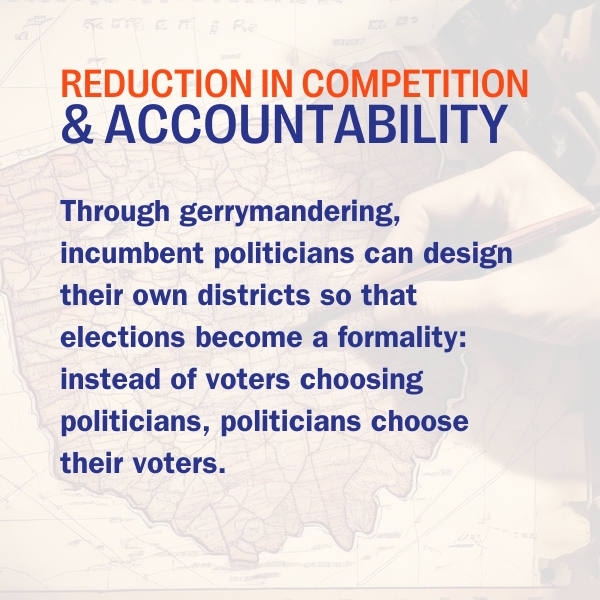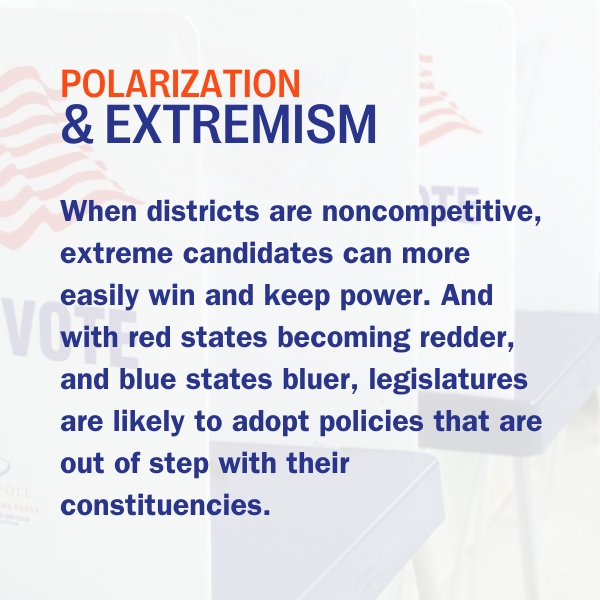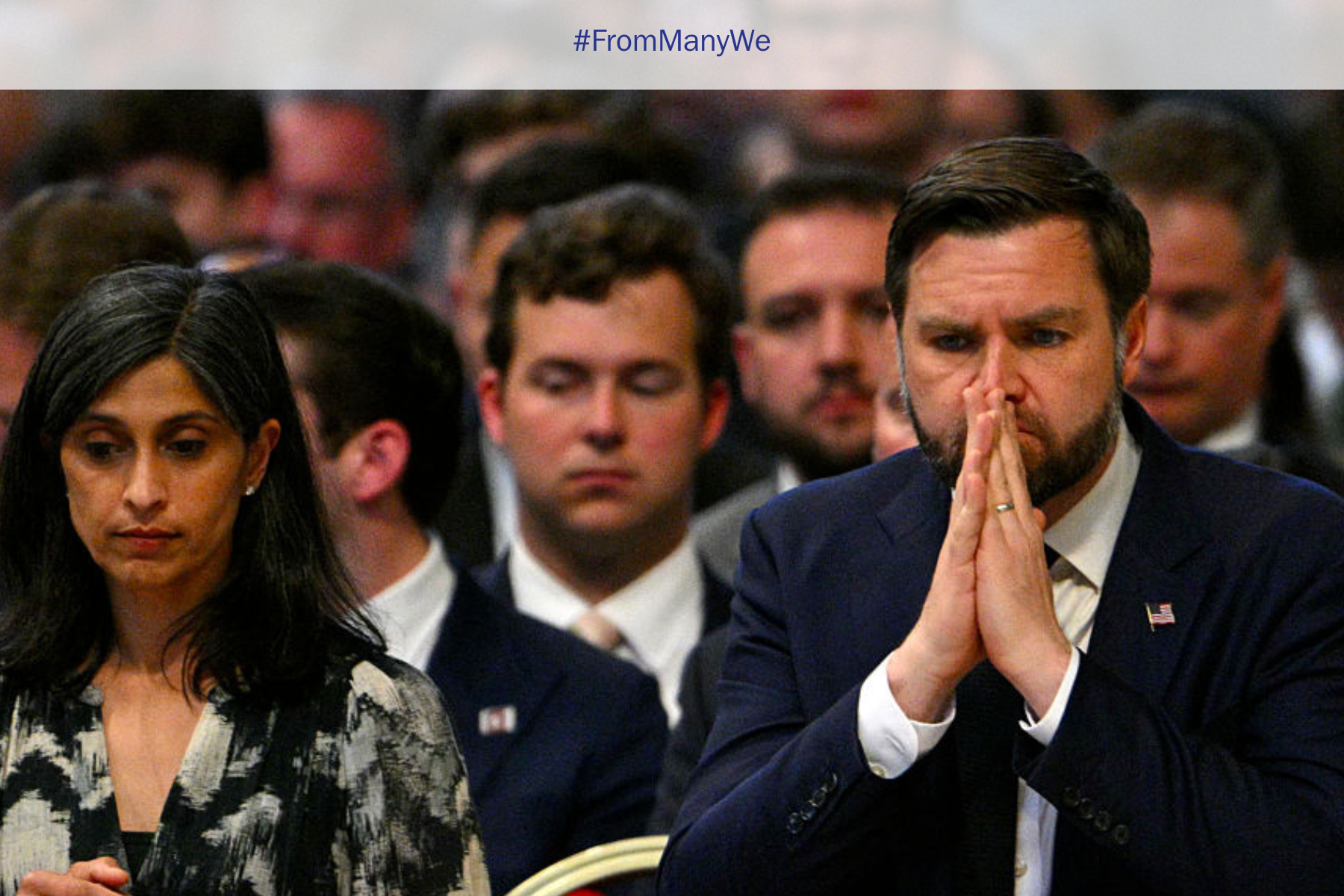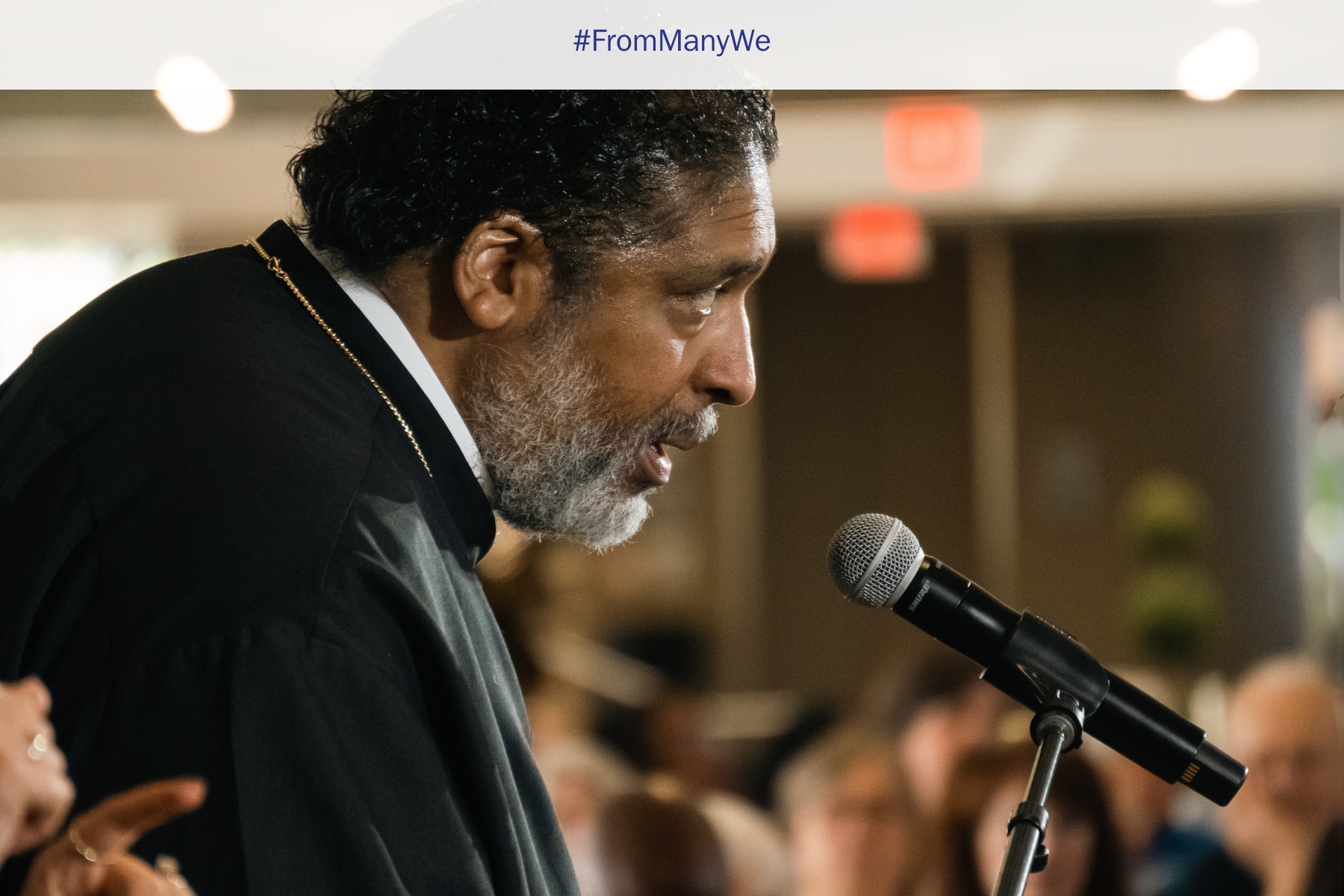What Is Gerrymandering?
Gerrymandering is the practice of designing electoral districts to create uneven representation. It affects both red states and blue states. While gerrymandering is perhaps best known for producing districts with unusual shapes, the Charles F. Kettering Foundation is focused on advancing inclusive democracies, and gerrymandering can have serious implications for American democracy.



Gerrymandering has been of particular interest because the foundation’s home state of Ohio is affected by this practice. On November 6, 2024, Ohio voters considered Issue 1, which addressed gerrymandering. If Issue 1 had passed, a panel would have been created made up of 15 Ohio citizens from across the political spectrum. They would have been tasked with drawing boundaries for the state’s 15 congressional districts, 33 state senate districts, and 99 state house districts. Because Issue 1 was rejected, Ohio will keep the Ohio Redistricting Commission in place, which is made up of 7 politicians who are responsible for drawing districts.
Read More about Gerrymandering
Listen to Experts on The Context Podcast

“The Context” is a podcast about democracy—its past, present and future—brought to you by the Charles F. Kettering Foundation. In each episode, host Alex Lovit will interview someone who has seen it all—scholars, politicians, journalists and public servants—to get their take on how we got to where we are and what they’ve seen through their experience not only watching the news unfold but sometimes even being the news itself. Reckoning with racism, a crisis of democracy, the right role of government in our daily lives—every question has its reason; every answer has its context.
Tune in every other week wherever you listen to podcasts. Subscribe to The Context to get the latest episodes.










